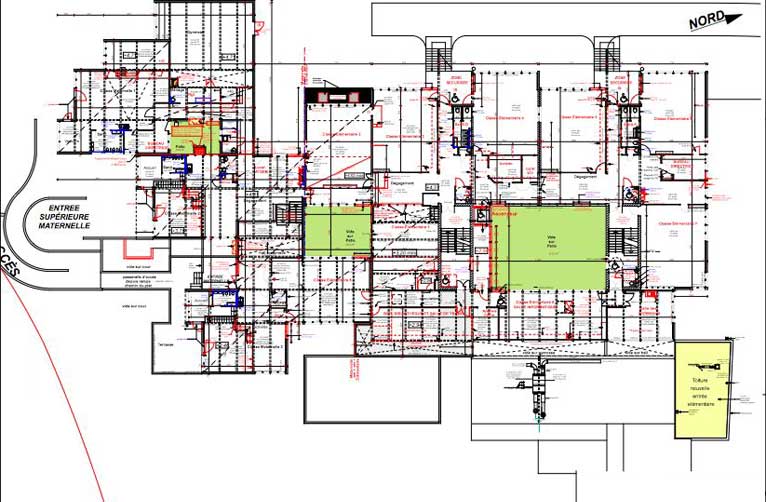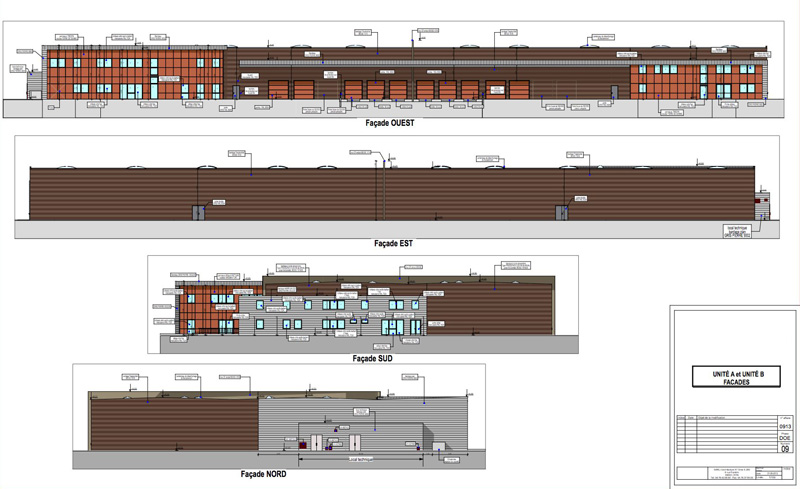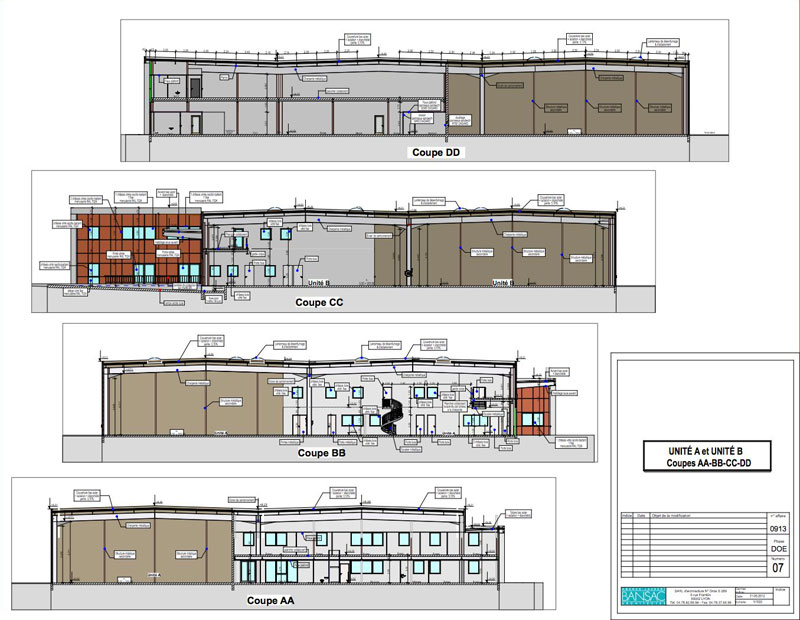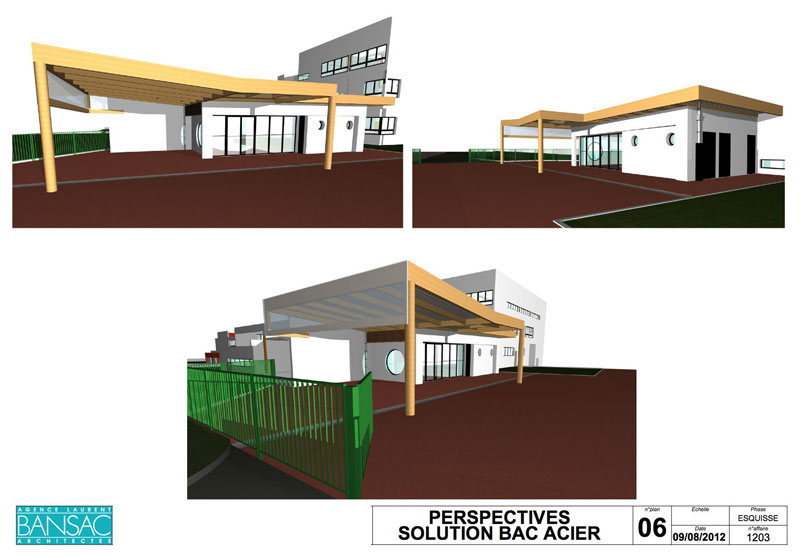What Is Architectural Plan Drawing
Architectural plans are graphic and technical representations of a house or building which, as a whole, provide an agreement of its various characteristics before, during and later construction. Thus, for all applications for construction permits, standard architectural plans will exist indispensable for the cess of the construction permit dossier by the authoritative authorities.
Through the realization of a set of drawings, from the free-hand sketch to the realization of detailed technical drawings by computer, the architect transforms the needs and wishes of his client, the project owner. Thanks to his technical expertise and aesthetic sensibility, the clients' preferences are formatted into a set of increasingly precise plans that guide the proper integration of the dissimilar elements and different specialties during the construction.
Numerous graphic conventions are put into practice during the realization of the plans of a house or building in order to facilitate the reading and understanding of the unlike geometrical, technical, aesthetic and practical aspects, past the diverse users of these plans.
The different architectural plans
Various plans, drawings, sections, etc. are collectively referred to as architectural plans. Each of these graphic representations is established for the use past one or more than types of persons. Each plan volition therefore be designed to expose aesthetic, technical or geometric information to its users with concerns for their specialty. They can be used for the decision-making relating to the construction projection possessor or the project direction, the execution by the construction contractors, for administrative or technical or legal control or verification, etc.
The term of "plans" is an calumniating name for the diverse architectural drawings, every bit the term plan should normally be used merely for representations along a horizontal axis. Nevertheless, since the plans are oftentimes the virtually of import and the nearly numerous with regards to all the architectural drawings of a edifice, to place the different elements and to construct a building, this misrepresentation is commonly used instead of the larger and more authentic terminology of drawings.
The drawings, all the same, mostly too get together projections, in particular sections forth different vertical planes – facades, views of important elements of a building – projections in iii dimensions, co-ordinate to certain angles, such equally 45 degrees perspectives with vertical and horizontal lighting.
Floor program
The floor plan is a view from in a higher place showing the different spaces and limits (walls, doors and windows) of a floor of a firm or building in the way of a geographical map. The floor programme is usually the about important of the architectural plans.

Site program
A site plan is a general view of a project that includes the entirety of a property, accesses, connections to various h2o and sewage systems, electricity, telecommunications, and related structures that may stand for an interest or a constraint. The site plan is used to represent a project within the entire site, its configuration and its orientation in accord with the rules of urban planning, in the preparatory stages of a projection, earlier the detailed plans are created.
Summit
An superlative represents the exterior aspect of a building, virtually ordinarily a facade of a edifice and the elements visible from the opposite management. It is a geometric projection along a vertical airplane parallel to one of the facades.

Department
A department, is a cantankerous-sectional view showing a house or building cut along an interesting vertical plane for understanding the structure, in particular, to present the relationships between the unlike levels.

Perspective
A perspective is a three-dimensional representation of a house or edifice or one of its elements that facilitates agreement of the relationships between its different sides.

Detail view
A detail view shows a particularity of the building on a larger calibration. These views are used in detail to present sure circuitous elements (intersections, openings, edges…), techniques (products, methods…) or aesthetics (finishes, moldings, textures…) that could not be properly seen on a smaller calibration.
Source: https://archiadvisor.com/architectural-plans/
Post a Comment for "What Is Architectural Plan Drawing"